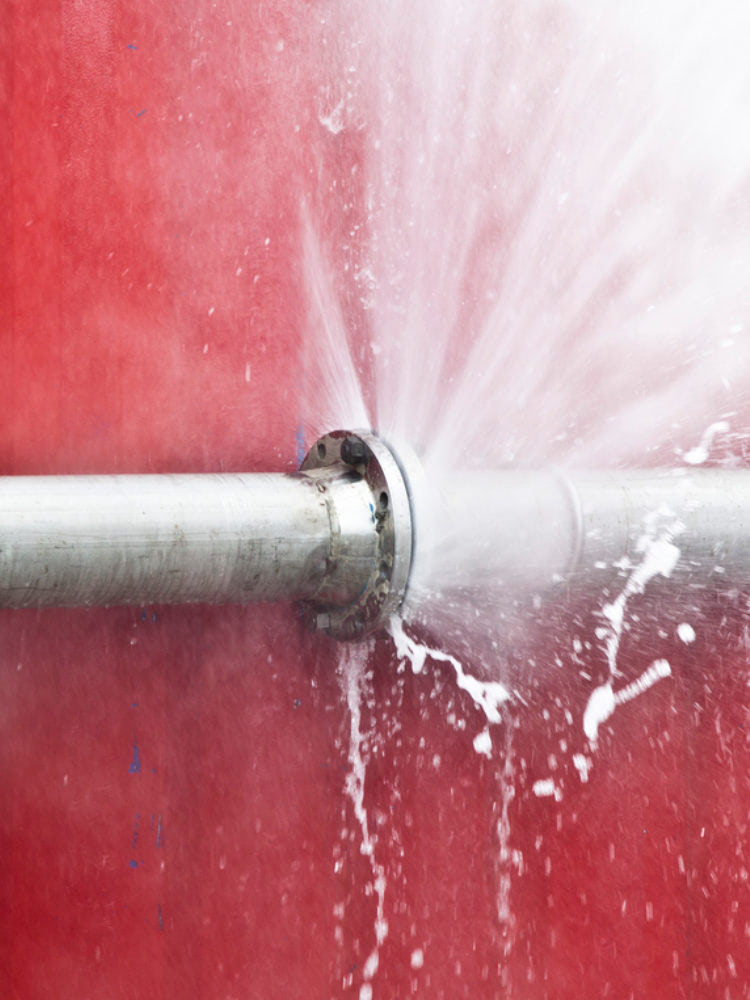Reveal Typical Roots of Water Leaks Within The House
Reveal Typical Roots of Water Leaks Within The House
Blog Article
This great article in the next paragraphs pertaining to Common Water Leaks In House is quite interesting. You should investigate for yourself.

Leaks not just cause waste of water but can likewise create unnecessary damage to your residence and promote undesirable organic development. By looking as well as recognizing for everyday situations that create leakages, you can secure your home from future leaks as well as unneeded damage.
Trespassing origins
Most water leaks start outside the house instead of inside it. If you observe an unexpected reduction in water pressure, say in your tap, take time to head out as well as examine your yard. You could see damp patches or sinkholes in your backyard, which may mean that tree origins are getting into water lines causing water to permeate out. You can have your plumber look for intrusion, specifically if you have trees or hedges near your home.
Rusty water systems
As time goes by, your plumbing system ages and corrosion such as corrosion may begin eating away the pipes. This may be the source of staining or warping on your pipes. This calls for an inspection with your plumber immediately. Think about changing the pipelines because they are at a higher threat of deterioration than the more recent versions if our plumbing system is old.
Defective Pipe Joints
The point at which your pipes link is often the weakest web link in the waterline. Pipe joints can deteriorate gradually, leading to water leakages. The majority of pipeline joints are not easily visible. If you have loud pipelines that make ticking or banging noises, specifically when the warm water is switched on, your pipeline joints are possibly under a great deal of stress. It is a good idea to have your plumber evaluate your system annually.
Instantaneous temperature adjustments.
Severe temperature level adjustments in our pipes can trigger them to increase as well as contract suddenly. This development as well as contraction might cause cracks in the pipelines, particularly if the temperature level are below freezing. If you maintained an eye on exactly how your plumbing functions, it would certainly be best. The visibility of the previously stated scenarios frequently indicates a high risk.
Poor Water Connectors
At times, a leakage can be caused by loose pipes and also pipelines that provide your home appliances. In instance of a water links leak, you might discover water running directly from the supply line or pools around your home appliances.
Obstructed Drains
Obstructed drains pipes may be irritating as well as inconveniencing, but they can occasionally end up creating an overflow leading to burst pipes. Keep removing any type of materials that may go down your drains that might obstruct them to avoid such aggravations.
All the above are root causes of leaks yet not all water leakages result from plumbing leaks; some leakages may come from roof covering leaks. All leaks must be repaired immediately to stay clear of water damages.
Leakages not just trigger waste of water yet can likewise create unnecessary damage to your residence as well as advertise undesirable organic development. By comprehending and looking for day-to-day scenarios that create leaks, you can secure your home from future leaks and unnecessary damages. Today, we will look at six leakage causes that might be causing your pipelines to drip.
At times, a leak can be caused by loose tubes as well as pipelines that provide your home appliances. In case of a water connections leakage, you might observe water running directly from the supply line or puddles around your appliances.
How To Check For Water Leak In Your Home
How To Check for Leaks
The average household's leaks can account for nearly 10,000 gallons of water wasted every year and ten percent of homes have leaks that waste 90 gallons or more per day. Common types of leaks found in the home are worn toilet flappers, dripping faucets, and other leaking valves. These types of leaks are often easy to fix, requiring only a few tools and hardware that can pay for themselves in water savings. Fixing easily corrected household water leaks can save homeowners about 10 percent on their water bills.
To check for leaks in your home, you first need to determine whether you're wasting water and then identify the source of the leak. Here are some tips for finding leaks:
Take a look at your water usage during a colder month, such as January or February. If a family of four exceeds 12,000 gallons per month, there are serious leaks.
Check your water meter before and after a two-hour period when no water is being used. If the meter changes at all, you probably have a leak.
Identify toilet leaks by placing a drop of food coloring in the toilet tank. If any color shows up in the bowl after 10 minutes, you have a leak. (Be sure to flush immediately after the experiment to avoid staining the tank.)
Examine faucet gaskets and pipe fittings for any water on the outside of the pipe to check for surface leaks.
Undetected water leaks can happen without the home or business owner even realizing. If you suspect a water leak, but not able to find the source. It is time to contact a professional water leak detection service, The Leak Doctor.
How To Find a Water Leak In Your Home
https://www.leakdoctor.com/blog/How-To-Check-For-Water-Leak-In-Your-Home_AE197.html

I found that write up about How to Find Water Leaks while doing a search on the web. Those who enjoyed reading our blog posting kindly be sure to pass it around. I take joy in reading our article about Common Water Leaks In House.
Urgent plumbing needs? Seek professionals. Report this page